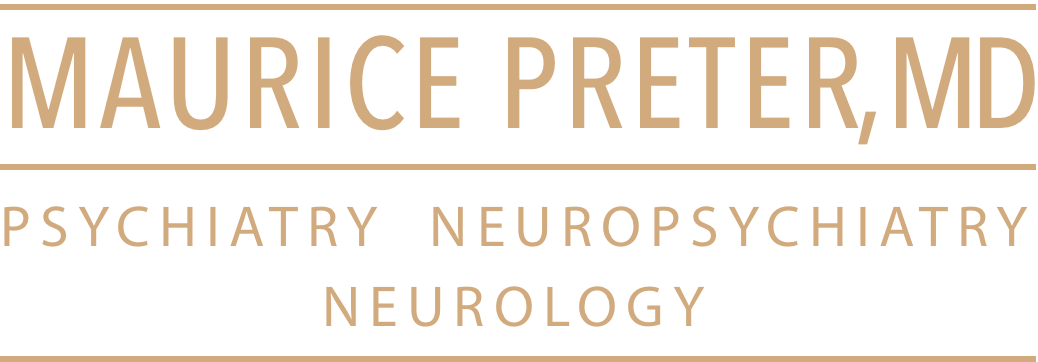| Psychother Psychosom Med Psychol. 2006 Dec;56(12):488-92. | Related Articles, Links |

[The neurobiological dimension of meditation–results from neuroimaging studies]
[Article in German]
Klinik fur Psychiatrie, Psychotherapie und Psychosomatik am Bezirkskrankenhaus Gunzburg, Abt. Psychiatrie II der Universitat Ulm.
Meditation in general can be understood as a state of complete and unintentional silent and motionless concentration on an activity, an item or an idea. Subjectively, meditative experience is said to be fundamentally different from “normal” mental states and is characterized by terms like timelessness, boundlessness and lack of self-experience. In recent years, several fMRI- and PET-studies about meditation which are presented in this paper have been published. Due to different methods, especially different meditation types, the results are hardly comparable. Nevertheless, the data suggest the hypothesis of a “special” neural activity during meditative states being different from that during calm alertness. Main findings were increased activation in frontal, prefrontal and cingulate areas which may represent the mental state of altered self-experience. In the present studies, a considerable lack of scientific standards has to be stated making it of just casuistic value. Today’s improved neurobiological examination methods – especially neuroimaging techniques – may contribute to enlighten the phenomenon of qualitatively different states of consciousness.
Publication Types:
PMID: 17160792 [PubMed – indexed for MEDLINE]
